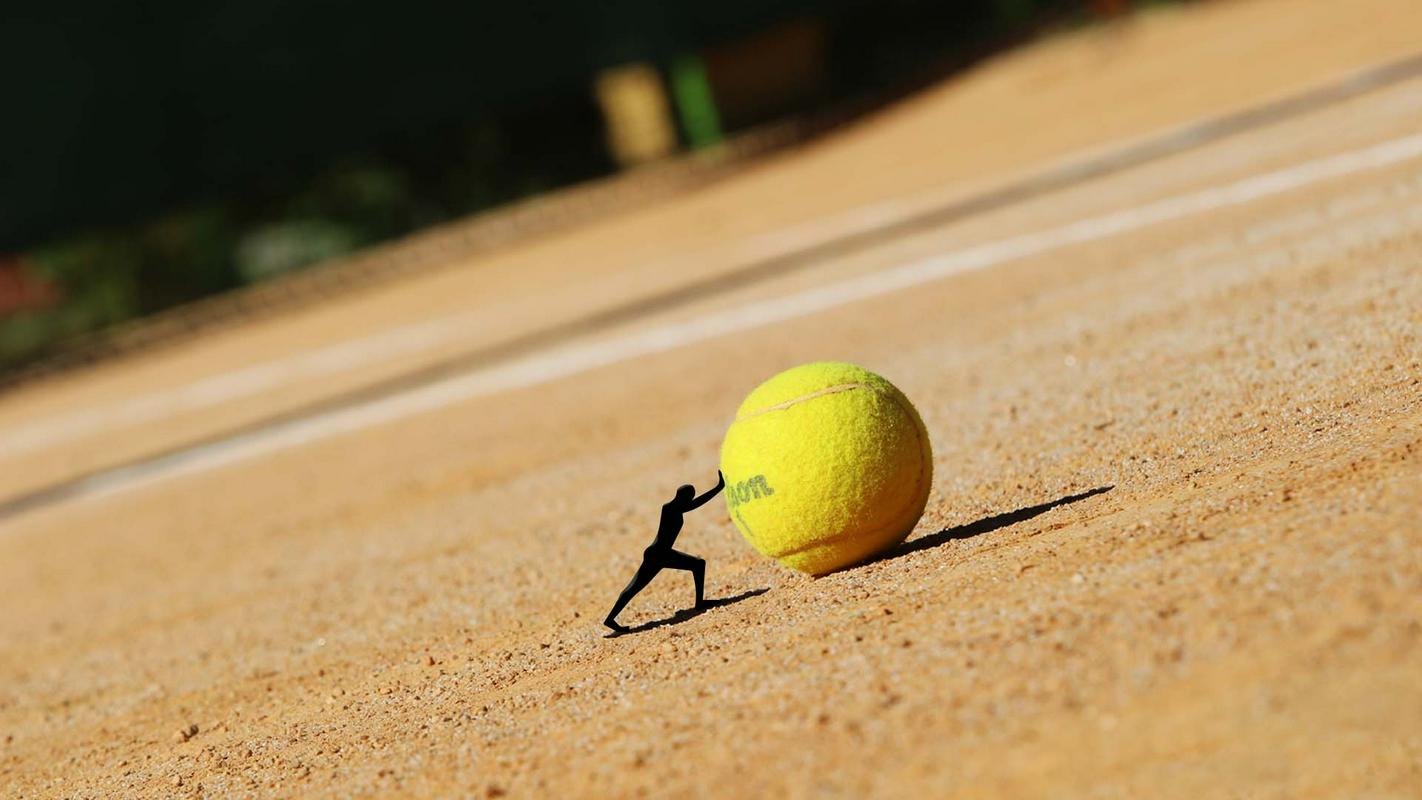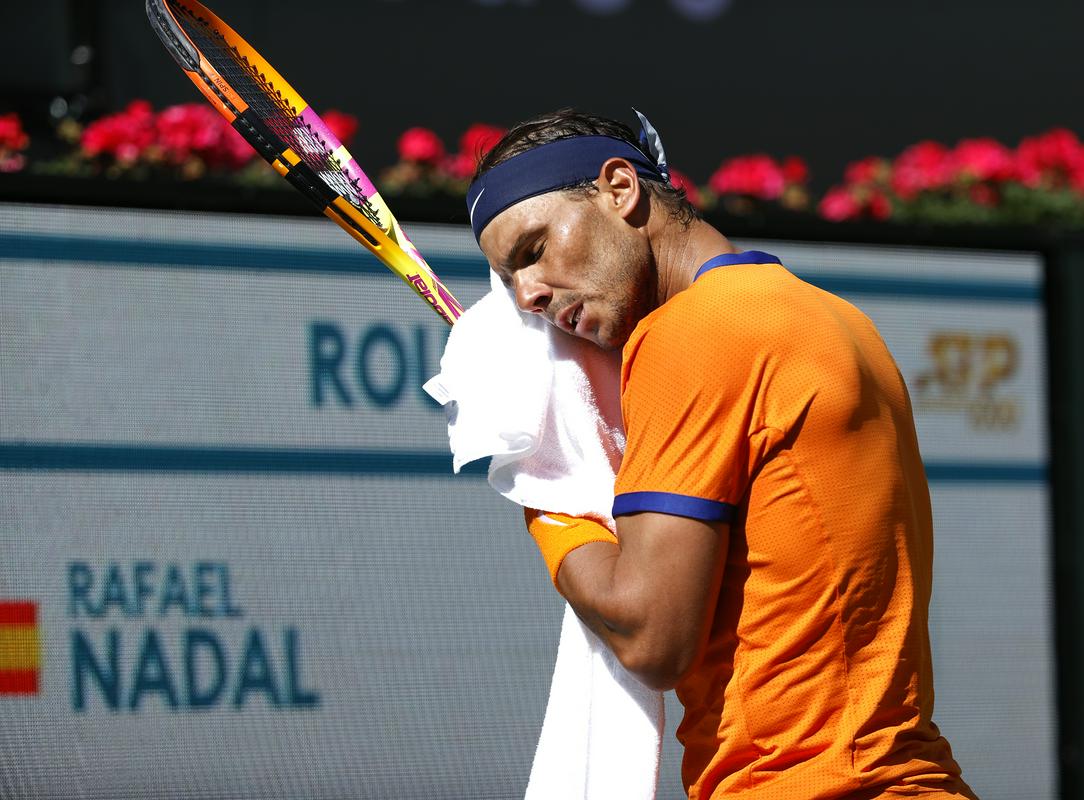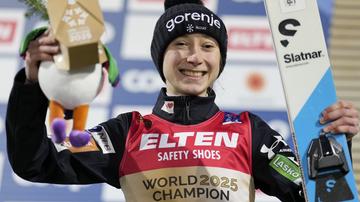
Many are caught in one of these loops due to their rituals. From getting up and standing on a certain foot first, to the order in which they put their socks on, the way they drink their coffee or jump over the white lines on a zebra crossing and brush their teeth a certain way, ... There's nothing wrong with repetition, of course, as long as you don't run into an obsessive-compulsive disorder and have obsessive thoughts and anxiety that can actually hinder you.
Sports rituals remind me, by association, of eternal repetition, of predictability. A clear foretelling of the future, where you know exactly what will happen next. Because it already happened. Primož Peterka hitting his hands on his legs, the red top of Tiger Woods' outfit on the last day of a golf tournament, the New Zealand rugby team's haka or Rafael Nadal and his ritual before each serve. First, he strokes his shorts with his right hand, adjusts his shirt, first at the left shoulder, then at the right, he touches his ears and nose with his fingers, before finally grabbing hold of the tennis ball.

Sisyphus was punished for his sins (read: deceptions) with an endless loop of suffering, but the repetitions described above are actually intended to have the opposite effect. To optimally prepare an athlete for the beginning of a performance, both on a psychological and a motivational level.
Nadal's rituals sometimes genuinely remind of an obsessive-compulsive disorder. The Spaniard is very careful, precise and consistent in his actions. Jumping during the coin toss, avoiding stepping on lines, waiting for his rival to go to the other side of the court first, accurately placing bottles next to his chair, placing towels on the edge of the court and using them after every point, and, of course, his serve ritual, which (because it’s slow) can annoy some people.
The 21-time Grand Slam winner has repeatedly admitted that these little things help him, because they "pull him into the action" even more. Each micro move means a small step towards the top. Every stroke is a step up the hill. Every time he gets to the towel, he moves that damn rock. Step by step.
The tragedy of Sisyphus is that he keeps climbing, never to reach his goal. The absence of any change deprives the character of the possibility of progress. In movies and books, it's (usually) pointless if the hero returns to the same point at the end without making any personal progress or gaining any knowledge.

Well, athletes are not part of this nonsense. At the end of the day (or in the middle of the night, as it turned out in the quarterfinals of Roland Garros), they often push the rock to the top of the hill, where they triumphantly crush it or it rolls back, symbolically squashing them. But it is essential that athletes say farewell to this climb at the end, learn something from it and start attacking their next climbs.
Rafael Nadal hinted in the emotional moments after his win over Novak Djokovic that he may be playing in his last Roland Garros. When he does say goodbye one day, his records and numbers won’t be the only things that will endure, but, above all, the respect and attitude towards the game. This is why he became a role model for countless young players.
And this is what he learned both at the top of the hill and at the bottom.


































































Komentarji so trenutno privzeto izklopljeni. V nastavitvah si jih lahko omogočite. Za prikaz možnosti nastavitev kliknite na ikono vašega profila v zgornjem desnem kotu zaslona.
Prikaži komentarje